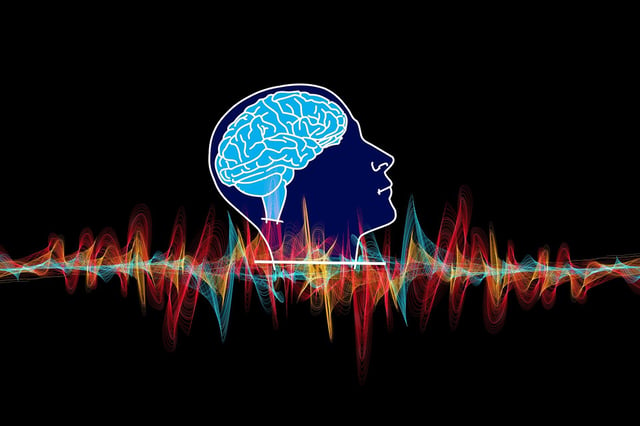Overview
- A fiber-optic sensor achieves tenfold greater sensitivity than previous TEMPO devices and monitors voltage signals in behaving mice
- An optical mesoscope captures 8 mm-wide voltage maps across the mouse neocortex with cell-type resolution
- Researchers observed two orthogonal beta wave types and a bidirectional theta wave propagating backward in the cortex
- The system uses genetically encoded voltage indicators for real-time, high-frequency imaging of neuronal populations
- Ongoing experiments aim to link these cell-specific wave dynamics to neurological disorders and inspire bio-inspired AI models
